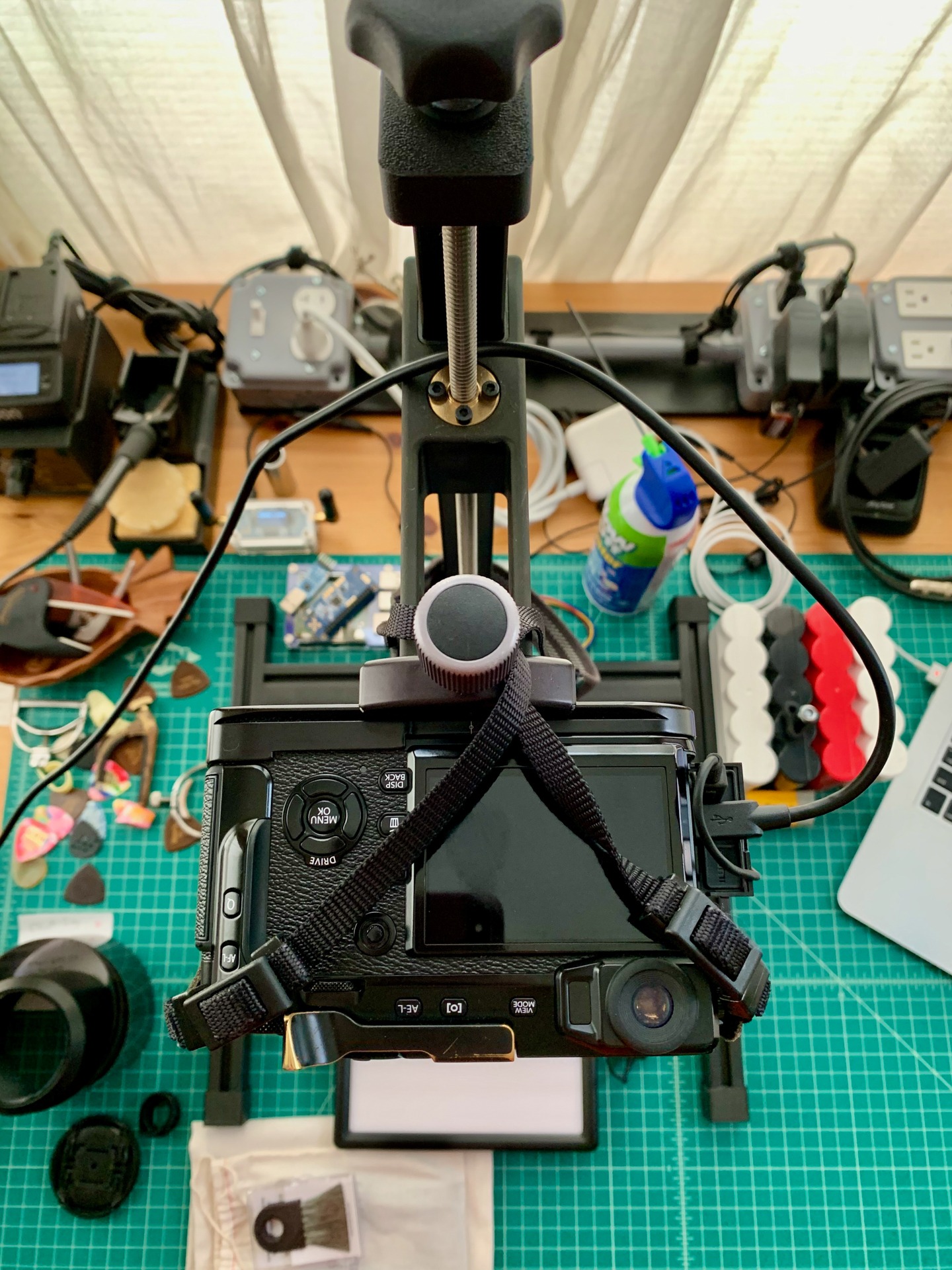From ~2004 up until around 2020 I scanned all of my film using an Epson 4990 flatbed scanner. I used it for 35mm, 120, 4×5, and 8×10.
At the time I bought it it was one of the best (consumer level) transparency scanners available, used by a lot of photographers like myself. With this level of scanner things don’t change too much, the technology kind of topped out around then and while there are some software tricks that come out from time to time, this is about as good as it gets until you step up into some of the more professional equipment. I still have the 4990 and it still works great with Vuescan (a 3rd party scanner software package).
After using it pretty heavily for about 6 months some shortcomings started to become apparent:
- The included film holders didn’t hold the film flat which caused the resulting scans to look… weird and kind of bad
- There was so much dust on every scan it was kind of amazing and there was seemingly nothing you could do about it
- The whole process was very slow. Not only the image previewing and scanning, but the post-production in Photoshop was labor intensive.
- Cleaning up all of that dust took a long time, but if you took the time to do it though the results were great. This was how I scanned all of the film for my old website
I eventually came across a company called betterscanning.com which made an aftermarket negative holder fitted to a variety of scanners and film formats, including my Epson 4990. It holds a single strip of film in place and flattens it with a piece of anti-newton ring (ANR) glass. Using these holders you can make really high quality scans of individual negatives. It’s still slow and the dust is still there but it’s tough to beat without going to a professional lab for individual scans. I have their holders for 120 film and 35mm film. Unfortunately the company seems to have closed their doors sometime in the last few years.
120 (and larger) scanned great, 35mm always came out looking a bit ‘off’ and took as long to scan and clean up as a frame of 120 which is why I think I stopped shooting 35mm for the most part.
The dust though… I tried a lot of different ways to prevent it: from cleaning the scanner and negatives between each scan, to spraying my whole desk down with a mist of water before every scanning session. The scanner seemed to attract dust like nothing else. It was easy to spend 20 minutes or more just cleaning up dust and tweaking the exposure in Photoshop. You could spend an entire evening editing a single 12 exposure roll of 120 film. I loved going out shooting on the weekends but I knew it meant that I was going to spend the next week of evenings scanning and cleaning up dust.
File formats, image sizes & resolutions etc were all over the map and there wasn’t any real cataloging to speak of, just filenames and directory structures. It all worked fine but good luck finding things once you had a lot of images or time had passed. If you wanted to have editable files in the future you needed to save your images as high-resolution photoshop (.psd) or TIFF (.tif) files. These took up a lot of space and were really only usable with a limited set of photo editing applications, so you’d have JPEG (.jpg) exports of different versions of the files. It was all kinds of messy.
I used this setup a lot and got pretty comfortable with it, however if you wanted to see the light of day it was never realistic to scan, edit, and store every image on every roll of film. I’d end up spending an evening or 2 on a few rolls of film and never really coming back to revisit them again. As part of that when I came back to all of this film in 2020 and scanned every frame I found a lot of images I’d never really looked at, a few that I really like even.
A few times over the years I took my film to a lab to get processed and I’d have them scan it. At the time it seemed worthwhile to give them $7 per roll to maybe not have to get out the scanner and spend my evenings fighting dust. Every time I did that I ended up with mediocre jpgs that were great to be able to see the pictures on my computer but I couldn’t make prints and I wouldn’t want to share them anywhere.
I’d been losing interest in film photography for a few different reasons but the big one was simply how much time and energy it took to process, scan and organize film. As camera scanning started being talked about online in the late 2010s I started paying more attention to it but wasn’t sold.
Camera scanning might sound weird if you’re not familiar with it but it’s really pretty straight-forward: you take a picture of a film negative or transparency with a digital camera and process the resulting image on the computer converting it to a positive.

If you’re familiar with photographic copy work (also mostly a lost art at this point) that’s exactly what it is. Instead of taking a picture of a 2 dimensional print, or a piece of physical art, you’re taking a picture of a piece of backlit film.
So after about 15 years of flatbed scanning and a diminishing interest in the medium I decided to try out film scanning and see if I could take back control of my photographs.